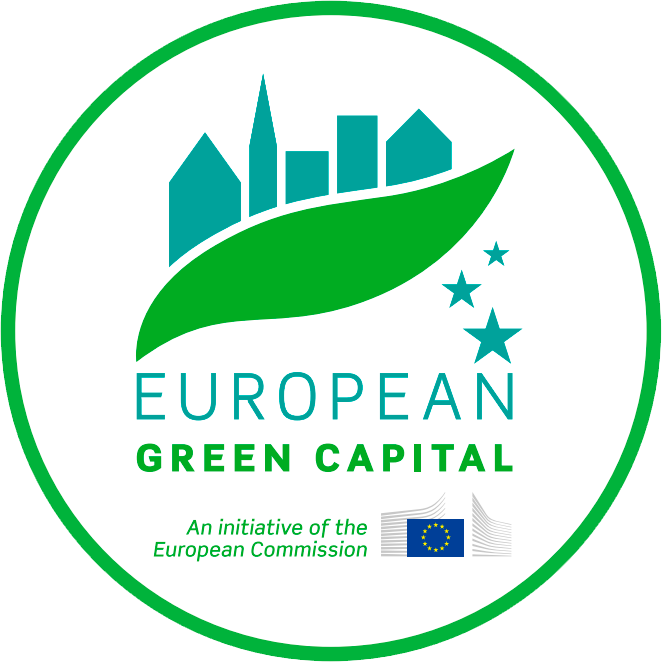Ruta sur - 03. Almacén y vivienda Mas - València
Atrás Ruta sur - 03. Almacén y vivienda Mas
RUTA SUR - 03. Almacén y vivienda Mas

Talleres Mas es una empresa fundada en 1915 por los hermanos Vicente y José Mas LLuch dedicada a la construcción y reparación de maquinaria en general. Además de la nave que actualmente alberga los talleres en la calle Padre Porta 8 poseían otra finca en el actual número 5 de la citada calle. Los bombardeos durante la Guerra Civil derribaron la misma y en 1940 encargaron un proyecto conjunto de almacén y vivienda a Luis Albert Ballesteros, arquitecto valenciano que había estudiado en Madrid y máximo exponente del movimiento moderno en la ciudad de Valencia. Por aquella época estaba terminando la construcción de su edificio más emblemático el edificio Alfonso, en la confluencia de las calles San Vicente y Játiva.


Este mismo estilo es el que muestra el edificio de planta rectangular de 472,50 m2 que tiene fachadas recayentes a las calles Padre Porta núm 5, Juan Bautista Llovera y calle Bello. Con una distribución diáfana en planta baja, dedicada a almacén y taller, donde todavía se pueden observar restos de construcciones auxiliares en las paredes del mismo, la planta alta está originalmente distribuida en cuatro viviendas en plano, las dos recayentes a la calle Padre Porta mayores y provistas de balcón, frente a las recayentes a la calle Bello, con patios interiores y terrazas que permiten una luz y ventilación directa en cada una de las estancias. Finalmente, las viviendas con fachada a la calle Bello se dejaron sin distribuir para dedicarlas a almacén, tal como había dejado la posibilidad el arquitecto en la memoria del proyecto.


Con un presupuesto material de 145.872,79 pesetas, estructuralmente el edificio está construido con pilares de hormigón y jácenas metálicas en doble T de distintas dimensiones, así como bovedilla cerámica rellena de cascotes, y fue certificada su finalización en enero de 1942.
En 1956 se realizó otro proyecto para dividir la planta de abajo en dos con un muro y su consiguiente modificación de huecos, tanto en la calle Juan Bautista Llovera, donde el hueco se convertiría en dos ventanas, una para cada nuevo local, y se abrirían dos puertas en la calle Bello. Finalmente esta remodelación no se llevará a cabo.

El uso actual de la planta baja es el de garaje, donde son observables antiguas construcciones en madera con inscripciones que recuerdan el antiguo uso de taller. Posee un altillo que actuaba de oficinas.


MAS WAREHOUSE AND HOUSE
Talleres Mas was founded in 1915 by the brothers Vicente and José Mas Lluch. The company makes and repairs all kinds of machinery. In addition to the premises which currently house the workshops at Calle Padre Porta 8, the company also owns another property at number 5 on the aforementioned street. The premises were demolished by bombing during the Civil War. Consequently, Luis Albert Ballesteros, a Valencian architect who had studied in Madrid and the greatest exponent of the modernist movement in the city of Valencia, was commissioned in 1940 to build a warehouse and residence. At that time the architect was finishing the construction of his most iconic work: the Alfonso building at the junction of Calle San Vicente and Calle Játiva.


This same modern style is seen in the rectangular building of 472.50 m2 whose facades give onto Calle Padre Porta 5, Calle Juan Bautista Llovera and Calle Bello. The ground floor, where the remains of auxiliary structures are still visible on the walls, has an open-plan distribution for storage and workshops. In the original design the upper floor was distributed into four residences: two larger units giving onto Calle Padre Porta with balconies, opposite two giving onto Calle Bello with interior courtyards and terraces which allowed light and ventilation directly into each of the rooms. In the end, the residences giving onto Calle Bello were left unpartitioned so the space could be used for storage, in keeping with the option the architect had included in his original project proposal.


With a materials budget of 145,872.79 pesetas, the building’s structure is made from concrete pillars and metal double-T beams in different sizes, as well as hollow clay bricks filled with rubble. The completion of the building was certified in January 1942.
In 1956 another project was drawn up which involved dividing the lower floor in two using a wall. This involved modifying the openings in the facade: in Calle Juan Bautista Llovera, the opening was converted into two windows, one for each of the new premises; and two new doors were created on Calle Bello. Ultimately this proposed remodel was not carried out.

The ground floor is currently used as a parking garage, where old wooden structures with inscriptions which recall the former use of the workshop can still be seen. The building has a mezzanine floor which houses offices.


